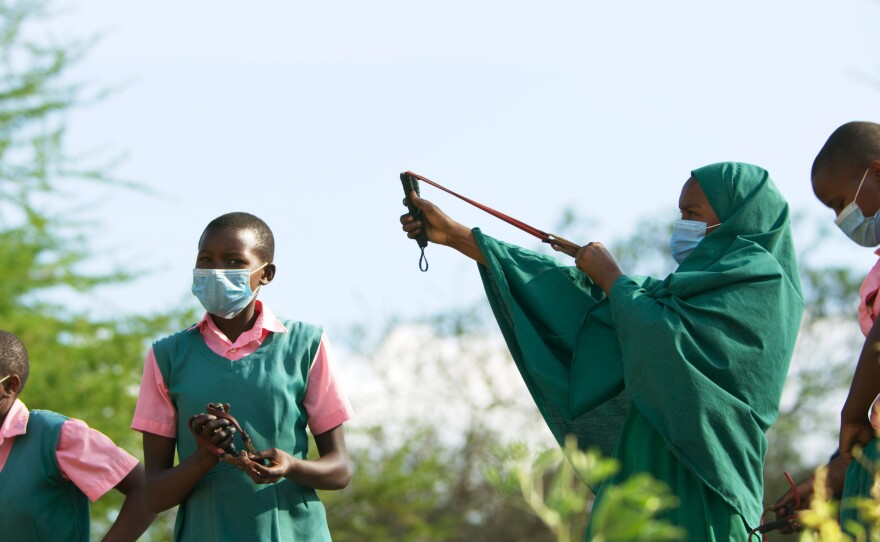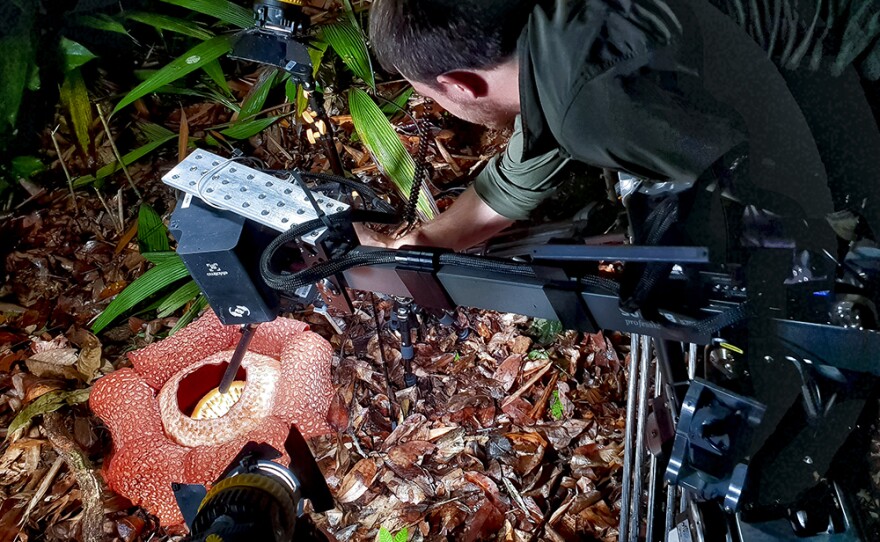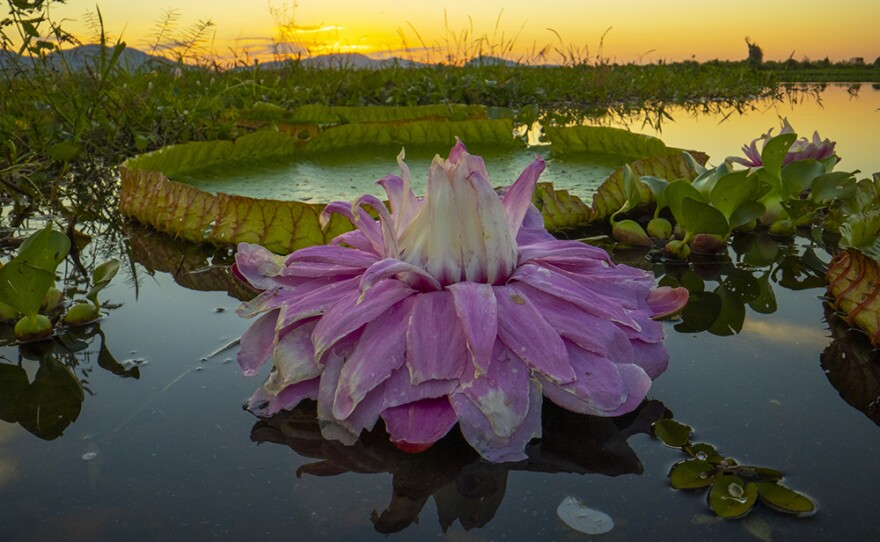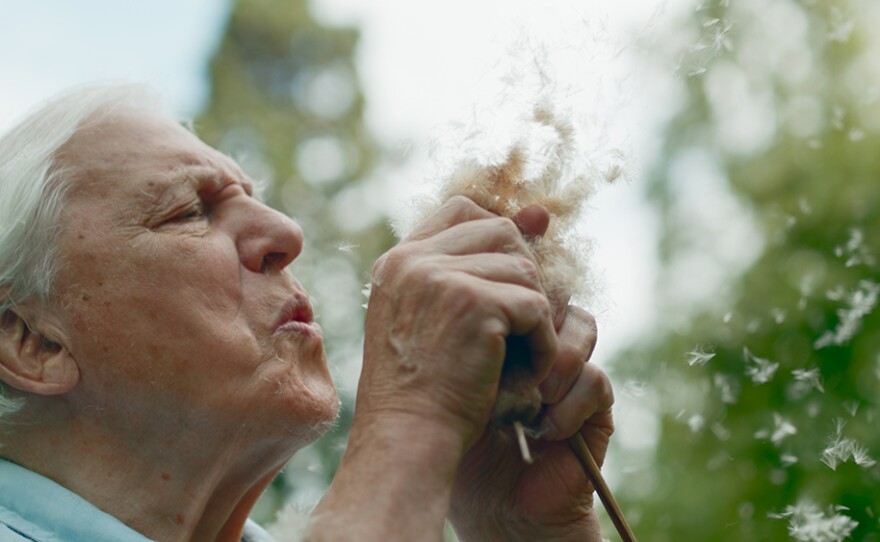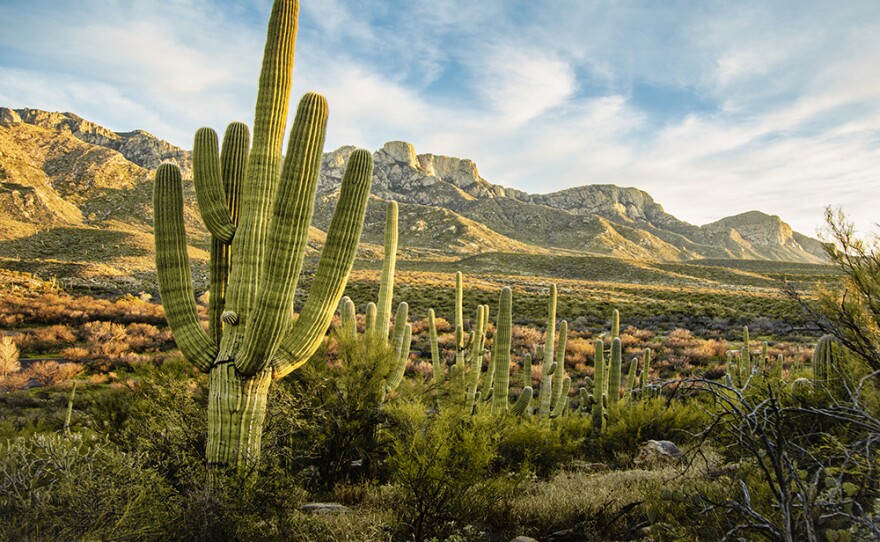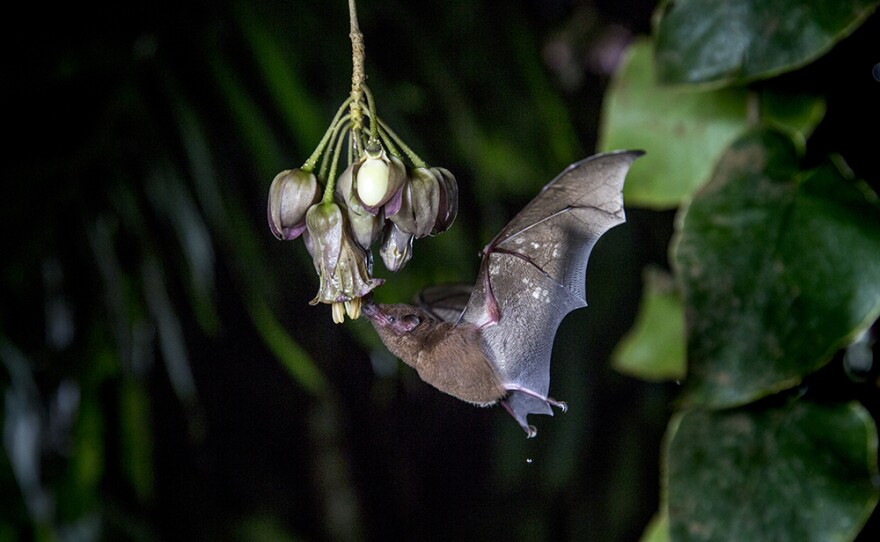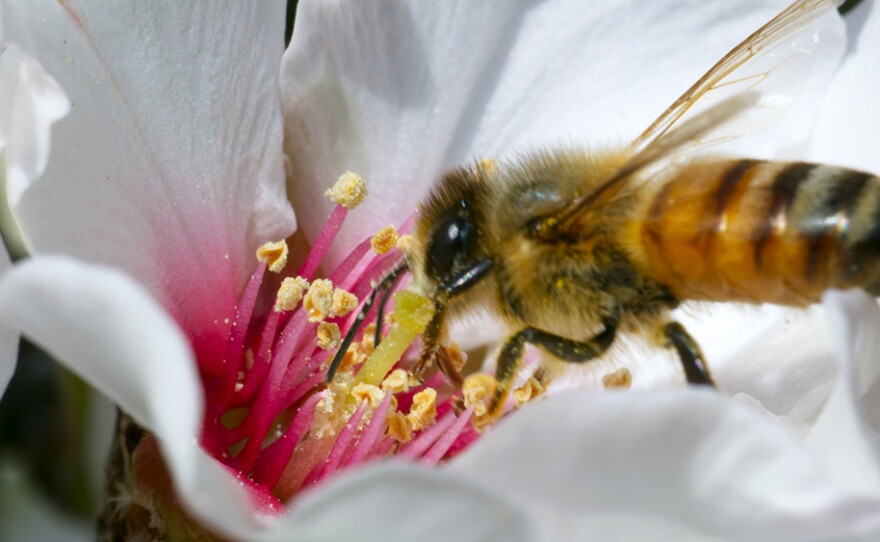Encore Thursday, June 13, 2024 at 7 p.m., Tuesday, June 18, Wednesday, June 19, Thursday, June 20 and Friday, June 21 at 4 p.m. on KPBS 2 / Stream the series now with KPBS Passport!
On THE GREEN PLANET, a new five-part documentary series, Sir David Attenborough travels the globe to reveal the secret lives of plants. Using pioneering camera techniques, the series takes viewers on a magical journey inside the hidden world of plants, on which all animals — including humans — are dependent.
EPISODE GUIDE:
Episode 1: “Tropical Worlds” Encore Sunday, June 9 at 8 p.m. on KPBS 2 - Sir David Attenborough takes a plants-eye view of life in a rainforest, a world of stunning beauty but also fierce competition. New film techniques allow us to enter their magical world as never before.
Episode 2: “Water Worlds” Encore Sunday, June 9 at 9 p.m. on KPBS 2 - Sir David Attenborough explores bizarre and beautiful water plants, which use nature’s super-glue, counting, and killer spikes to get a leaf up. Some escape from animals by rolling away while others create bubbles in a magical river in Brazil.
Episode 3: “Seasonal Worlds” Encore Sunday, June 9 at 10 p.m. on KPBS 2 - Sir David Attenborough reveals the surprising and dramatic effects of the four seasons on plant life. In order to survive the huge challenges each season presents, plants must use strategy, deception and remarkable feats of engineering.
Episode 4: “Desert Worlds” Encore Thursday, June 20 at 4 p.m. on KPBS 2 - Sir David Attenborough explores the hostile world of the desert, where plants can spend decades waiting for rain or travel to find it. Survival tactics include using weapons, camouflage and forming surprising alliances with animals.
Episode 5: “Human Worlds” Encore Friday, June 21 at 4 p.m. on KPBS 2 - Sir David Attenborough reveals how humans are helping plants, many of which face extinction. From projects in Africa to re-seeding the landscape to rebuilding a Brazilian rainforest tree by tree, everyone can work to make our world a little wilder.
Watch On Your Schedule: This series is available to stream now with KPBS Passport!
Related: Nine astonishing ways David Attenborough shaped your world
